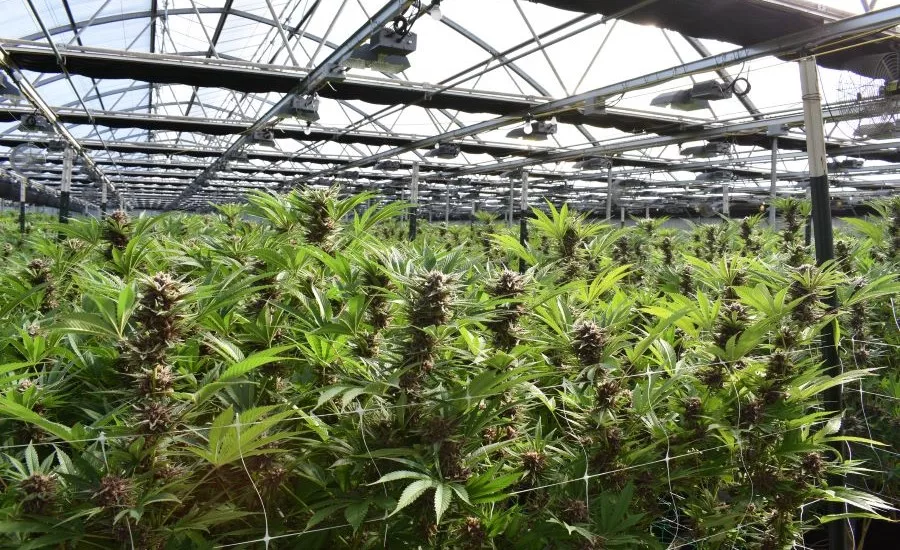Price per lb. of cannabis falls in California due to massive overproduction

The price per pound of cannabis fell in 2021 because of massive overproduction across California . The dramatic drop in price left many outdoor cultivators looking for a way to make ends meet and fearing for the sustainability of their futures.
Jason Gellman, a second-generation cannabis farmer and owner of Ridgeline Farms in Southern Humboldt, has watched the cannabis industry evolve since he was a kid. He admitted that he has an advantage because his brand is well known throughout the region and much of the state. Even still, he struggled to sell his crop in 2021.
“Times are really, really tough for small farmers,” he told the Times-Standard in August. “Most of us are in the red right now and if you are lucky enough to sell your product, it seems to be the average price per pound is around $700 which is way, way down. The county wants their money, the state wants their money, the banks want their money, the trimmers need to be paid and all of the other fees. For a small farmer, it costs around $500 to grow a pound. It’s barely paying the bills.”
In June, the wholesale price for cannabis from last year’s harvest dropped from around $1,200 a pound when the 2021 light deprivation or “dep” crop began to hit the market, according to Humboldt County Growers Alliance Executive Director Natalynne DeLapp.
“The wholesale price for 2021 deps is between $650 and $750 a pound,” she said. “The wholesale price for 2020 AAA grade flower is between $400 and $500 a pound, otherwise as low as $200 to $400 per pound. Some farmers are having their 2020 harvest returned from distributors because they are unable to sell it.”
While small farmers like Gellman are demanding a cap on acreage, DeLapp leaned toward a shift in strategy and called for short and long-term solutions to better support small farmers. “The light at the end of the tunnel is interstate and international commerce,” she said. “We’re still probably two to three years away from that, so the big question is how the county can support farmers to keep their heads above water until then, and how we can use the time we have to build a craft Humboldt cannabis brand so that we hit the ground running when those new markets open up.”
In the meantime, farmers need relief.
“The county can support efforts at the state and federal levels to bring relief to farmers,” DeLapp said. “At the state level, it’s essential that the cultivation tax is eliminated—no matter how low the price of cannabis drops, the state still taxes cultivation at a flat rate of $154 per pound. And at the federal level, we need a legalization bill that recognizes cannabis as an agricultural activity which would provide protection for small farmers rather than pushing the industry towards further consolidation.”
As bleak as things may seem, Gellman said he doesn’t plan on giving up his farm. “I’m so highly invested and this is what I know, this is what a lot of us know and what a lot of us have been doing our whole lives, so we’re not just going to start a new career all of the sudden in our 40s,” he said.
Looking for a reprint of this article?
From high-res PDFs to custom plaques, order your copy today!





